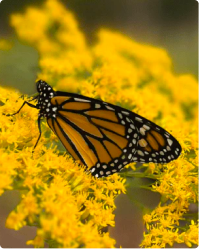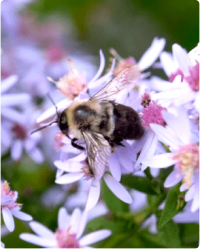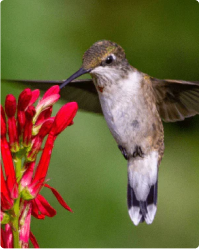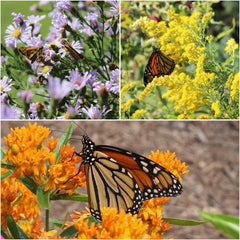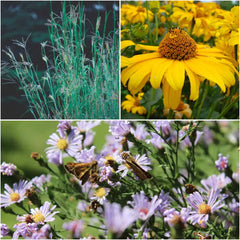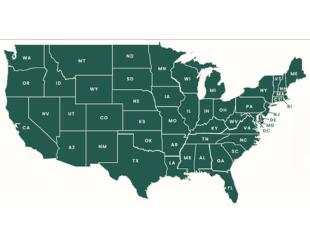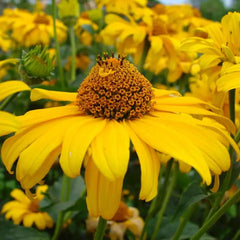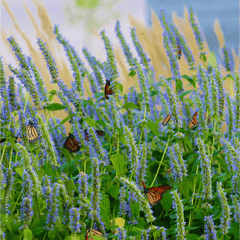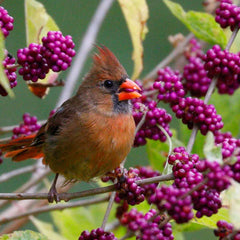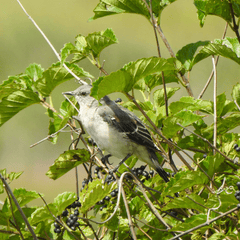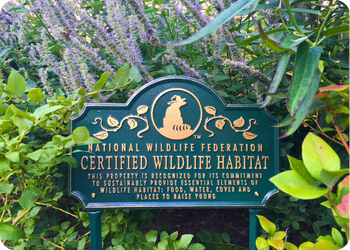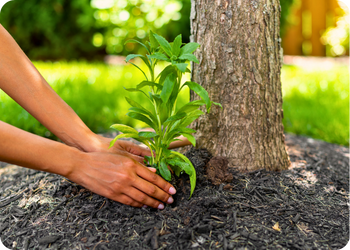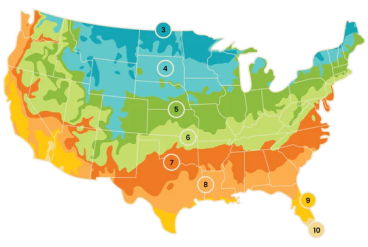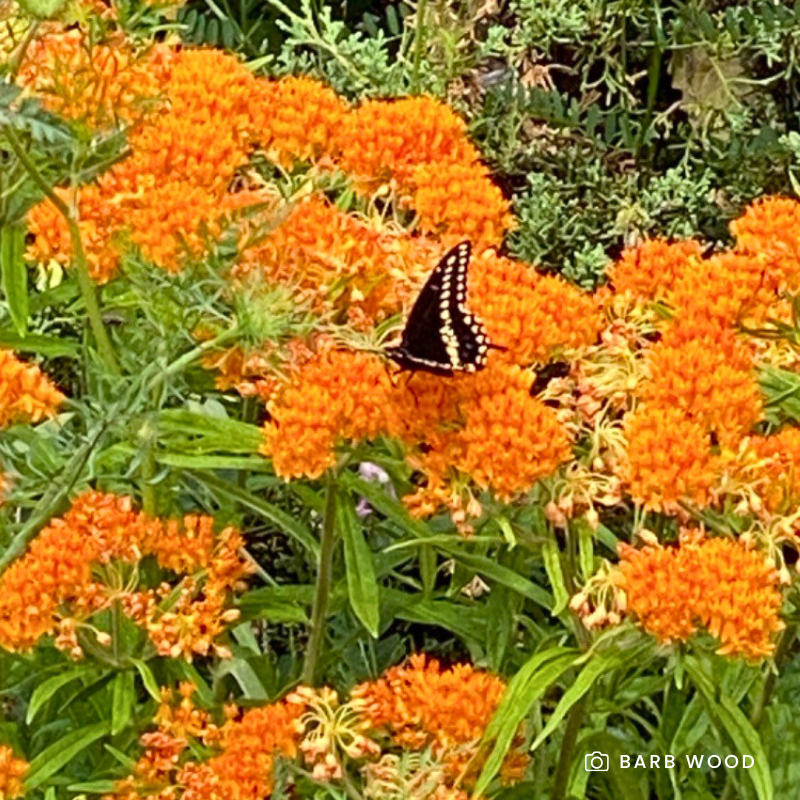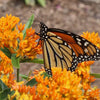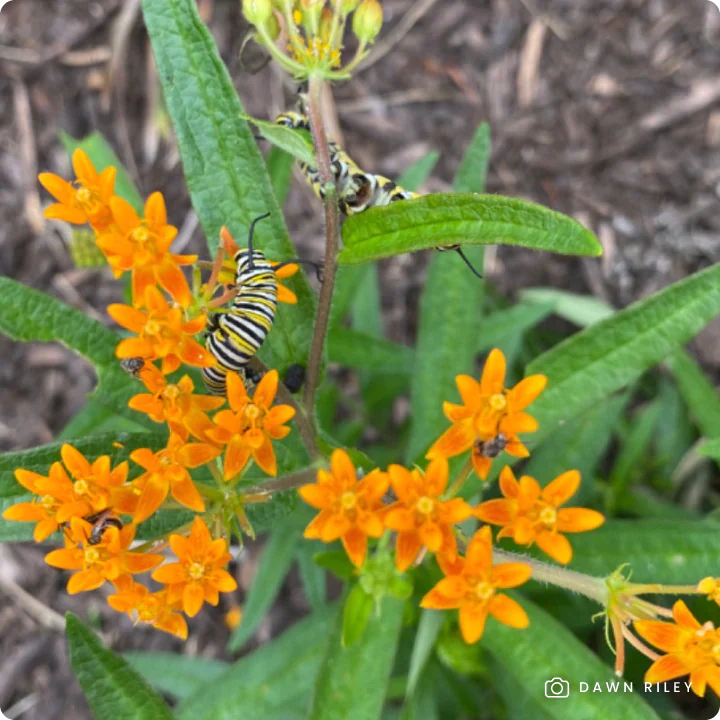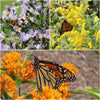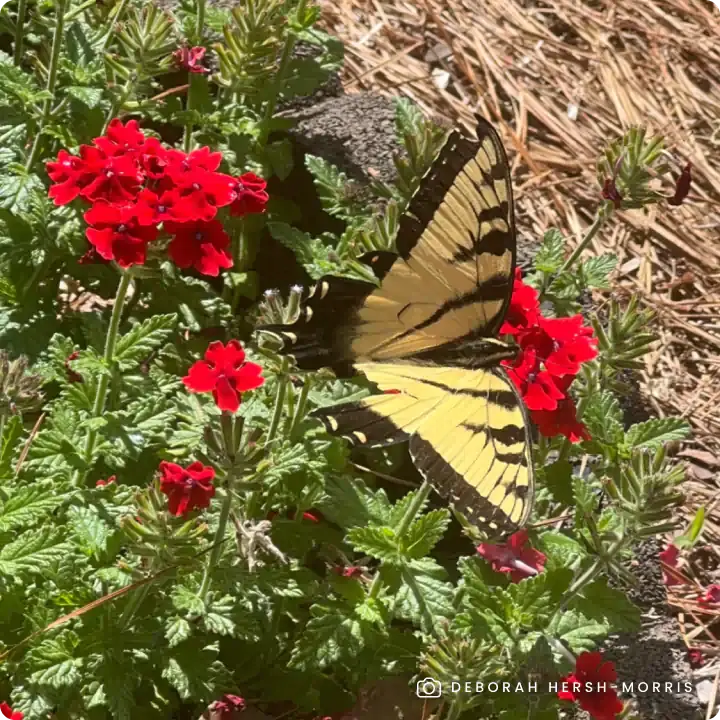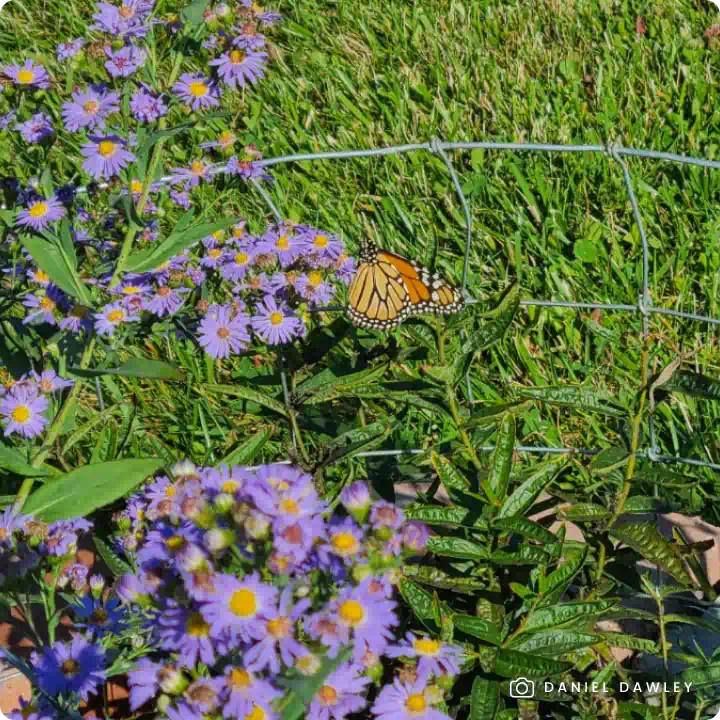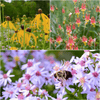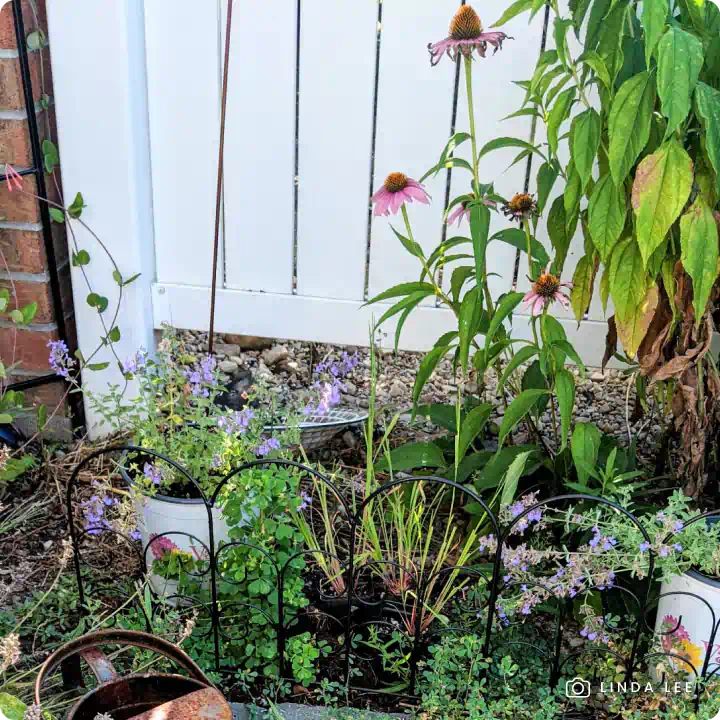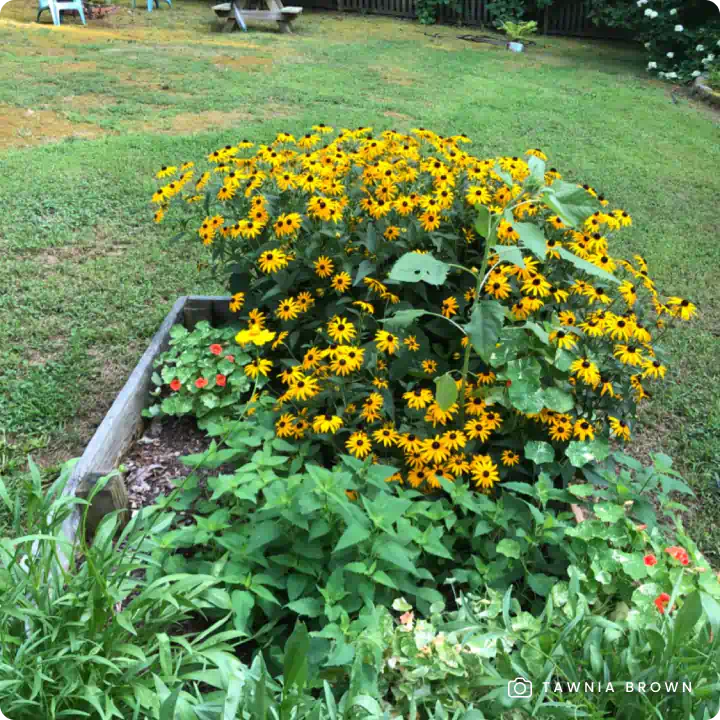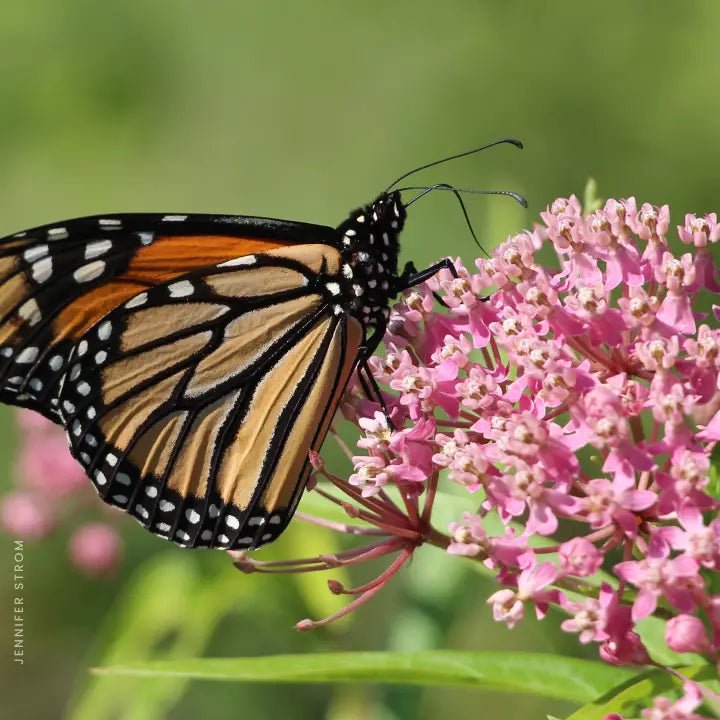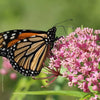Sheep Laurel (Kalmia angustifolia), also known as Lambkill, is a compact, colony-forming native evergreen shrub that brings vivid color and texture to naturalized gardens and restoration landscapes. Growing approximately 3 feet tall and up to twice as wide, it forms low, dense thickets perfect for adding structure to boggy or woodland margins, moist acidic soils, and disturbed or rewilding areas.
In early to mid-summer, Sheep Laurel bursts into bloom with clusters of bright pink to magenta, saucer-shaped flowers that appear just below its glossy, blue-green foliage. These showy blooms attract native bees, butterflies, and other beneficial pollinators, while the foliage transforms to reddish-purple hues in fall, adding seasonal color and evergreen interest throughout the year. This shrub also provides shelter and nesting cover for small birds and acts as a larval host plant for species like the Columbia Silkmoth (Hyalophora columbia) and Northern Blue (Plebejus idas) butterfly.
Though highly valued by wildlife and gardeners alike, Sheep Laurel is toxic to livestock—its historical common name “Lambkill” reflects its potent chemical defense system. It is not browsed by deer, which makes it a good option in areas with high deer pressure.
Key Features
- Pollinator-friendly: Attracts bees, butterflies, and supports the Columbia Silkmoth and Northern Blue butterfly
- Evergreen beauty: Glossy, narrow leaves offer year-round color and reddish fall tones
- Seasonal color: Dense pink blooms brighten summer months
- Dense cover: Provides nesting and shelter habitat for small birds
- Colony-forming: Creates groundcover-like groupings in suitable conditions
-
Pollinator-Safe: Grown non-GMO and free of harmful neonicotinoids, promoting a healthy ecosystem for pollinators and wildlife.
Planting Tips
- Location: Thrives in full sun to part shade. Prefers moist, well-drained, acidic soils; tolerates periodic flooding and dry summer conditions
- Watering: Water regularly during the first growing season; tolerates seasonal drought once established.
- Spacing: Allow 3–5 feet between plants for spreading habit.
- Maintenance: Minimal care required. If desired, prune in late fall or winter to remove dead or crossing branches and maintain shape. Mulch around the base to retain moisture and suppress weeds.
For more information on planting, view our How to Plant Your Native Plants guide and other planting tips in the Garden for Wildlife Learning Center.
⚠️ Note: All parts of Sheep Laurel are toxic if ingested. Avoid planting near livestock or areas frequented by grazing animals.
Available in a one-gallon container, Sheep Laurel is an excellent choice for enhancing biodiversity while adding bold color and evergreen structure to moist, acidic landscapes.
